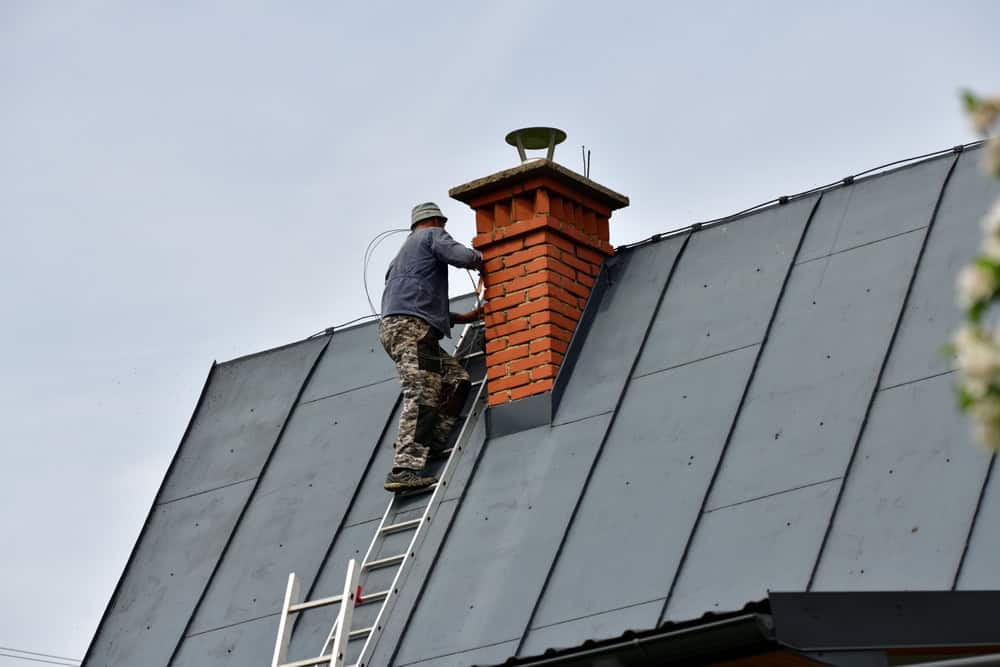CSI certified technicians protecting Foster homes with quality stainless steel chimney liner installation since 2000.

Hear from Our Customers

A properly installed chimney liner changes everything about how your fireplace operates. You get consistent airflow that actually draws smoke up and out instead of backing into your living room. Your heating bills drop because the system runs efficiently instead of fighting against itself.
More importantly, you sleep better knowing carbon monoxide isn’t seeping through cracks in an old, deteriorated liner. The stainless steel construction we install handles temperature changes without cracking or warping like clay tiles do after years of use.
Your insurance company stays happy because the installation meets current building codes. And if you ever sell, buyers see a recently updated chimney system instead of a liability that needs immediate attention.
Certified Chimney Inspections has been working on Foster area chimneys since 2000 with the same core team of CSI certified technicians. We were formally established in 2016, but our experience goes back over twenty years.
CSI certification means our technicians actually know current safety standards and installation techniques. Not every chimney company bothers with proper certification, but when you’re dealing with carbon monoxide and structural safety, you want people who know what they’re doing.
We handle everything from basic liner replacement to complex fireplace restoration. We also run a retail stove store, so we understand how different heating systems work with various liner configurations.

The process starts with a free estimate where our technician measures your chimney and explains exactly what type of stainless steel liner your system needs. Different fireplaces and heating appliances require different liner specifications, so this isn’t a one-size-fits-all situation.
Installation typically takes one day for most residential chimneys. The old liner comes out first if there’s one that’s salvageable. Then the new stainless steel liner gets carefully fed down from the top, connected properly at both ends, and secured according to manufacturer specifications and local building codes.
You get a final inspection to make sure everything draws correctly and meets safety standards. The work area gets cleaned up, and you have documentation for your insurance company and future home sales. Most installations come with manufacturer warranties on the liner itself plus workmanship guarantees.

Ready to get started?
Our chimney liner installation includes removal of old, damaged liner materials when necessary, proper measurement and sizing for your specific chimney dimensions, and installation of high-grade stainless steel liner that handles temperature extremes without deteriorating.
Foster homes built before 1990 often have clay tile liners that crack over time, especially with freeze-thaw cycles common in Rhode Island winters. The stainless steel replacement handles these temperature swings without developing the gaps that let carbon monoxide into living spaces.
Each installation includes proper connection to your heating appliance or fireplace, secure mounting at the chimney top, and final testing to ensure proper draft and safety compliance. The work comes with documentation for insurance purposes and meets current building codes for Foster and surrounding Rhode Island communities.
